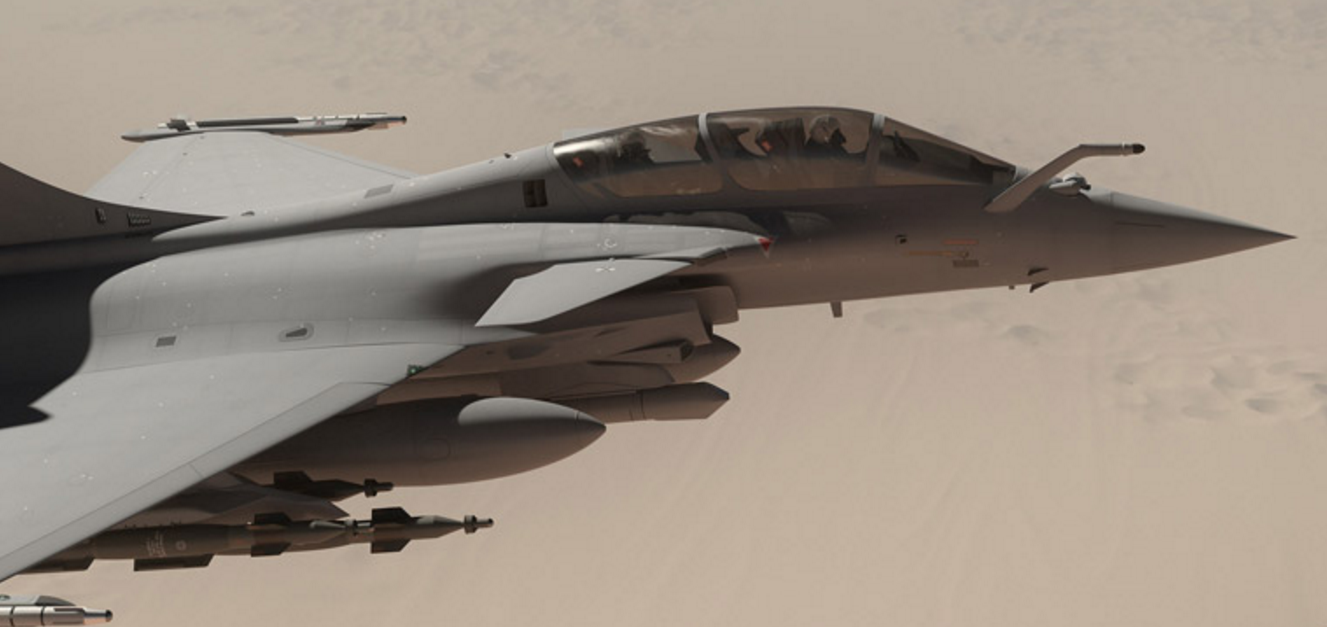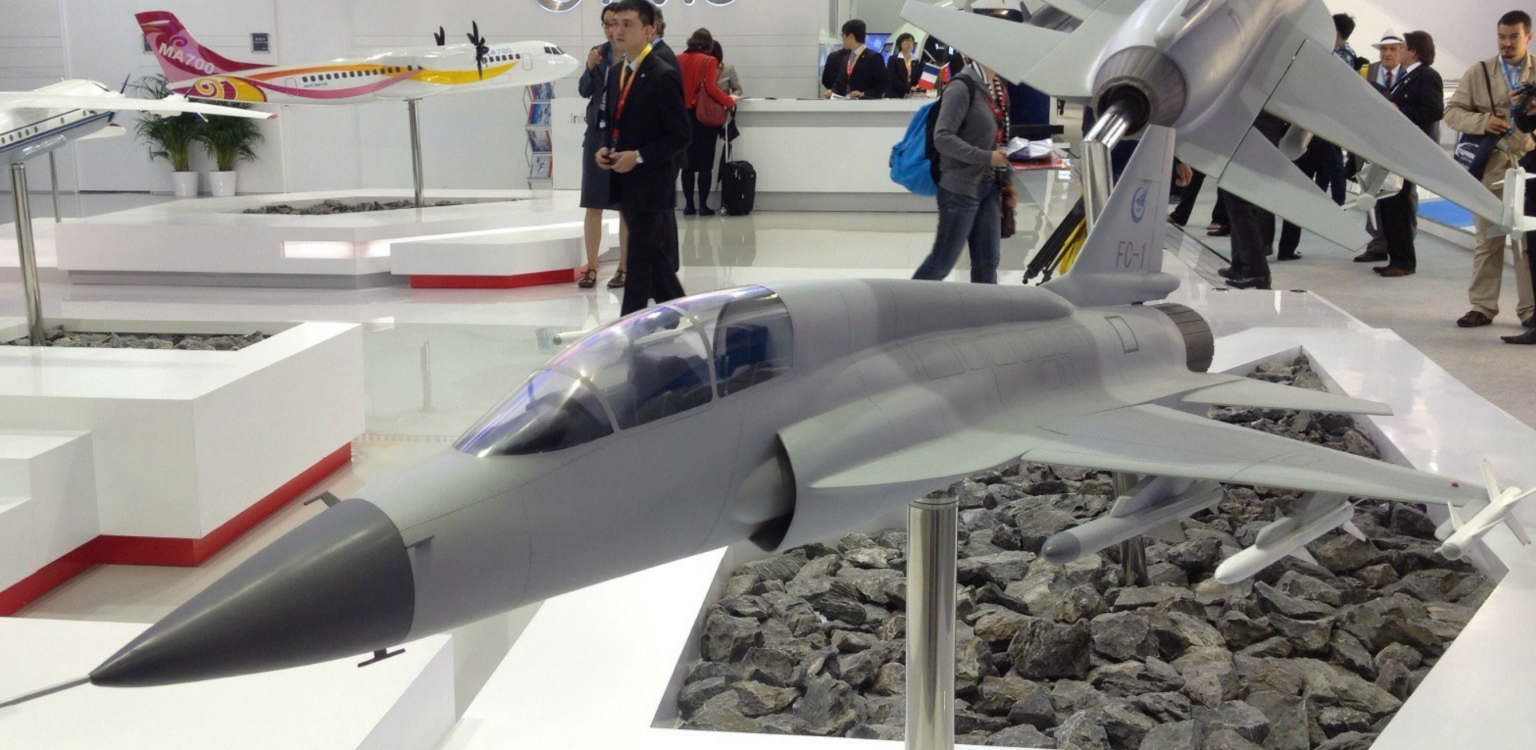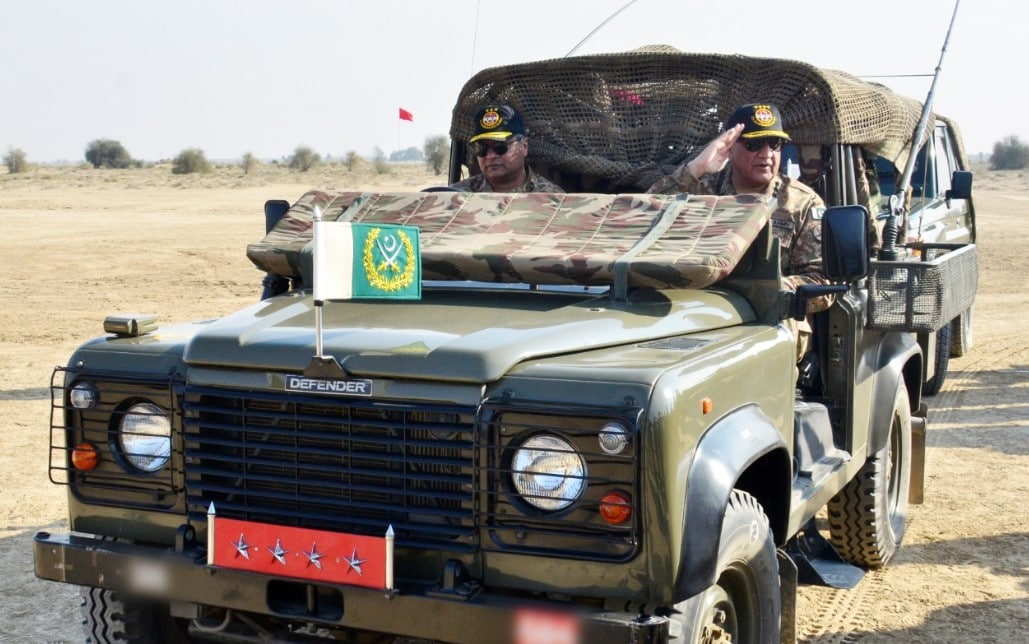4046Views 17Comments

India’s Rafale deal stalls again
Last month, it had seemed that India was on track to inking its long-awaited purchase of 36 Dassault Rafale multi-role fighters from France. At the time, the two sides had finally agreed upon a firm price, which was the main sticking point. In May, the Indian Ministry of Law and Justice began keeping a close eye on the Rafale deal, so as to avoid the prospect of corruption (as had occurred in a previous deal with the European helicopter manufacturer AgustaWestland). It is not clear where matters stand today.
Comment and Analysis
This off-the-shelf purchase of 36 fighters came in the ashes of the much-touted – but ill-fated – Medium Multi-Role Combat Aircraft (MMRCA) program. Under the MMRCA, the Indian Air Force (IAF) was to buy 126 new medium-weight multi-role fighters alongside the rights and capacity to produce the type in India.
High costs eventually pushed the Indian Ministry of Defence to pursue a much smaller purchase, and that too without the MMRCA’s technology transfer aspect. However, it seems not all of the Indian government is comfortable with the prospect of paying $9 billion U.S. for two fighter squadrons.
While one may feel the urge to chastise India over the issue, $9 billion is no small sum, and it is not as if India is short on options (which could greatly benefit from that funding). This is not to take away from the Rafale, which would certainly fit within India’s defence doctrine, but it seems the IAF will have to review its current perspective of the Rafale. It seems elements of the Indian government are asking the important question, “are the added costs worth the gains?”
A very valuable aspect of the Rafale deal was the offset clause; India’s private defence sector was to receive investment from France’s leading defence vendors, namely Thales Group and Safran Group. The entrance of these players would have helped the Indian defence industry in the area of avionics and propulsion development, respectively.
At the other end, one may think the Pakistan Air Force (PAF) is feeling some sense of ease about the Rafale deal. This is not entirely true. While the Rafale would have infused the IAF with exceedingly solid air warfare capabilities, it would not have altered the fundamental disparity between the IAF and PAF. For one thing, the PAF has to still deal with the challenge presented by the IAF’s large fleet of Sukhoi Su-30MKI Flankers; in time, those MKIs will also be upgraded, effectively to a standard comparable to the Su-35. Of course, averting added pressure does help.



17 Comments
by Smoking a Tejas
36 planes was too small an order to get the logistics integrated. They’re silver bullets at best. I’m still a little wary on the maintenance of the Su’s as they’ve been problematic at best. I guess a 60 to 70% availability rate would be the most to hope for I reckon. And upgrades take money. India’s economy is far superior to Pakistan’s but even it can’t keep up with such large expenditures for defence equipment without dropping critical development initiatives. Hence the proposed cuts in defence spending.
by MT
Rafale will come eventually but French have trebled the price in last 10 yrs which require serious bargaining.
india wont accept anything more than 8 bill$ for 36 Rafale with 30% offset
by Pseudo007
India is free to pick worst and costlier than the Rafale. It’s up to India.
by Abdul Rashid
Hi Pseudo, do you know what else is included in the $9 billion in terms of training and support?
by Abdul Rashid
Would have been nice to get a little better appreciation of what the entire deal is worth for the Indians. $9 billion for 36 aircraft does sound outrageously high but if the deal covers sufficient long term technical support and training then the cost over the service life of the Rafale might suddenly look a lot more appealing.
The point I’m trying to make is the deal might fall through, if it does, as much due to India’s internal political wrangling (the “make it in India” drive) as the cost itself.
by Smoking a Tejas
Which shows how fickle and expensive international arm vendors can be. And considering the billions on offer and the star of Modi beaming benevolently, India still couldn’t seal the deal, inconceivable.
by jigsaww
In aviation, after the stall usually comes the crash.
by MT
However fulgly arms biz is, French have spent those money on development.
They are not making much money from Rafale Deal- All the aim is to sustain future IPR development, pay for salaries & maintain ~10 % profit.
by Abdul Rashid
What, is that even when the thing’s never left the ground?
by Zaff Hundal
This deal never meant to come to fruition. India is blaming it on its Bureaucracy but in reality the Indian want F-18 Hornets instead of Rafales. Jumping a step ahead if the Indians could get their hands on F-22 Raptor but that is far fetched, even the Israelis haven’t got it.
by Smoking a Tejas
One profit too far by Indian reckoning
by Abdul Rashid
Jigsaww, did you find our how to access a list of older Quwa articles without using the search box?
I’m not sure how to do it from the Quwa page but the following link will take you back to about 9 months:
http://quwa.org/author/admin/
by Shubhankar Sharma
you know more ;
by Shubhankar Sharma
pls look at the breakup price ; than you’ll find that It is very cheap
by Shubhankar Sharma
its 8.21 billion USD
by Shubhankar Sharma
Negative ; Rafale deal is Onn and is being processed in shadow due to lobbyists
by Abdul Rashid
I meant what else does the deal include besides the aircraft?
Even 8.21 billion USD for 36 aircraft in itself sounds a little on the expensive side but if the deal includes weapons and other hardware, training, technical back up etc. over the longer term then perhaps it is not as expensive than first meets the eye.